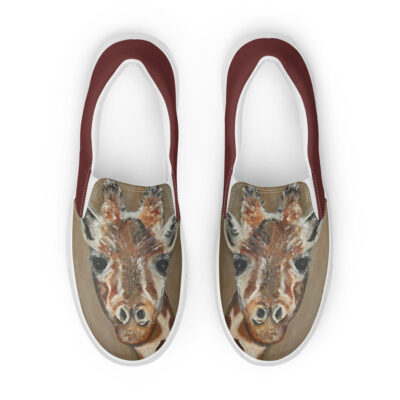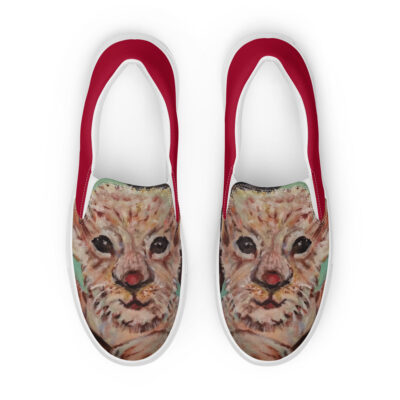You’ve likely heard of NFTs and how they’ve taken the art world by storm. Whether it’s a highlight clip of Lebron James, autographed rookie trading cards, or a “deal with it” meme, these unique online collectibles are changing the art world as we know it.
Although these tokens have become a hit in the cryptocurrency industry, their environmental impact is anything but superb. The carbon footprint and emissions are doing more harm than good to our planet and alarmingly so.
Before we dive into the environmental impact that NFTs are having on our planet, we need to know what they are and who can use them.
What are NFTs?
NFTs are unique non-fungible digital tokens that give people ownership over a piece of digital media. This can be anything from a song, a tweet, photos, or videos; as long as it’s digital, you can own it.
A few years ago, no one had any clue what NFTs were. However, the past year has changed everything. People are spending more time online than ever before, making NFTs more popular than ever, and they show no signs of slowing down. In a world where galleries and in-person art shows are a thing of the past, NFTs have become a saving grace for artists. They now have a way to monetize their art in online marketplaces easily.
The Price Earth Pays for NFTs
So what’s the downside? A profitable way of monetizing artwork should only have positives, right?
Wrong.
NFTs are indeed giving artists new innovative ways to promote and sell their art. However, the Earth is the one paying the price. Many artists are unaware of the fact that cryptocurrency consumes a lot of energy. And we mean a lot.
Bitcoin is one of the most significant contributors to cryptocurrency’s carbon footprint, producing over 38 million tons of CO2 per year. Due to their energy-intensive transactions, NFTs aren’t too far behind. One cryptocurrency transaction uses the same amount of energy as 700,000 Visa transactions. It’s safe to say that cryptocurrency is biting off way more than it can chew — and the environment cant keep up.
The Role of Ethereum in NFTs
Generally, NFTs transactions go through marketplaces like Nifty Gateway and Makers Place, which conduct their sales through Ethereum. Ethereum keeps a record of cryptocurrency and NFts transactions through a process called “proof of work.” Although this process keeps financial records secure and private, it does so through energy-heavy complex puzzles and machines. Solving these puzzles lets users or “miners,” as they’re called, add a new block to the decentralized ledger of the blockchain.
As a reward for solving these puzzles, the miners are given tokens or transaction fees. The idea is that the more effort and energy involved in solving a puzzle, the lower the chances are of someone ruining the ledger. Unfortunately, this results in Ethereum consuming high energy levels.
One of the biggest problems with NFTs and their environmental impact is that these entities’ users and creators are separated from the process. They have no idea the amount of energy and that their beloved NFT takes up or the number of carbon emissions that result from it. Ethereum mining takes up 26.5 terawatt-hours of electricity in a single year. This equates to the amount of electricity used annually by the entire country of Ireland.
When a person creates, purchases, or sells an NFT, they are now partially responsible for those miners’ carbon emissions. Whether you like it or not, being part of the blockchain makes you party to environmental damage.
What Artists Can Do To Help
So what can artists do to help? One way is by avoiding Ethereum based marketplaces. They can also look for marketplaces that use lower-carbon options.
We’ve also already seen a shift in the standard “proof of work” security held by blockchain. One popular alternative to proof of work is known as proof of stake. It’s currently used by NBA’s Top Shot website, where users can buy NBA highlights as NFTs. This marketplace operates on the Flow blockchain, which runs on the proof of stake model.
While this marketplace still requires users to prove that they won’t engage in destructive behavior on the blockchain, it doesn’t do this through Ethereum and its energy-draining puzzles. Instead, basketball fans are required to lock up some of their cryptocurrency tokens in the network to show that they are committed to keeping the ledger clean.
If they’re caught breaking the rules in any way by attempting to alter the ledger, they lose their tokens. This method eliminates the need for computers to solves energy-heavy puzzles, lowering the emission output.
While Ethereum has said that they plan to switch to proof of stake for years, nothing is promised. Many artists have been waiting for years for Ethereum to make the change, and nothing has happened yet. Even if they did, without everyone on board, the entire blockchain system would collapse.
Another possible solution posed by some is to run these cryptocurrency machines on clean energy. If they make this switch, emission levels will go down. However, others argue that renewable energy isn’t the solution for proof of work cryptocurrencies.
So what can be done?
Artists are the ones who hold power for change in their hands. If their cries for cleaner cryptocurrency go unheard, they can always move their NFTs to more eco-friendly marketplaces. Some artists have already begun to raise money towards efforts to develop ways of making crypto art more sustainable for the future.
Sell Your Art on The Sustainable AFYC Marketplace
For artists looking for sustainable marketplaces to sell their art right now, the AFYC marketplace is always looking for new artists to support. Our marketplace features print-on-demand services to produce your art in a sustainable, eco-friendly way.
We help small artists get their art in front of new eyes and make it easy for artists to sell their artwork on several social media platforms. An easy-to-use dashboard allows you to track your earnings, get timely payments and give back to your community. Fill out our artist sign-up form to get started today.










